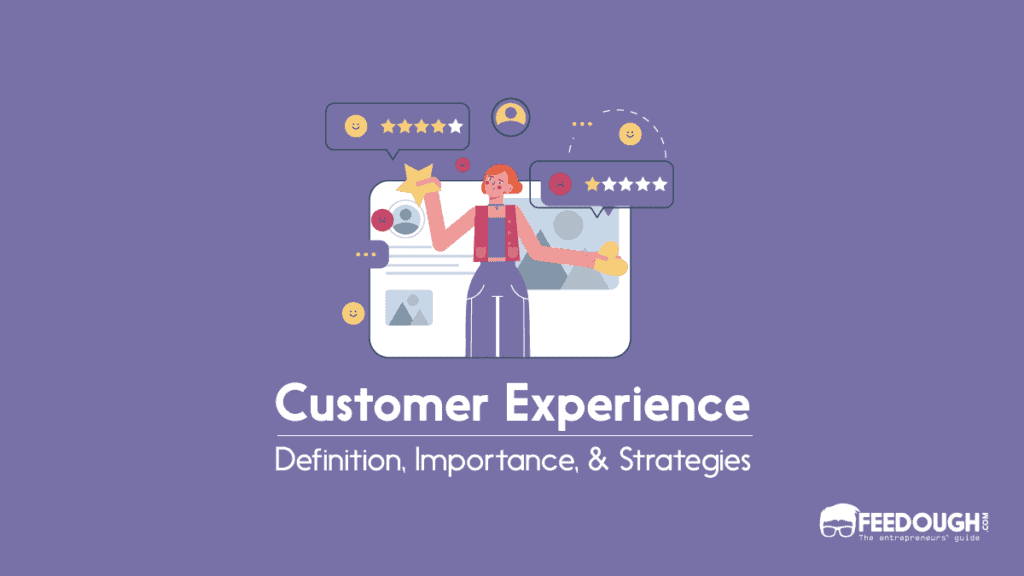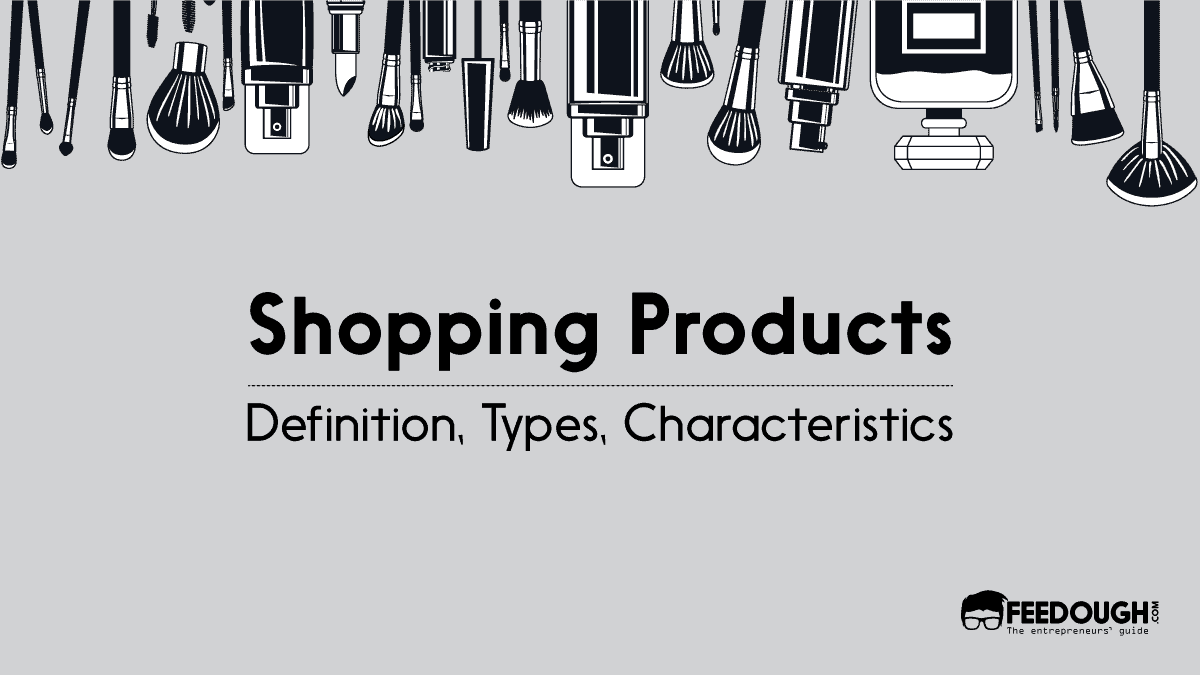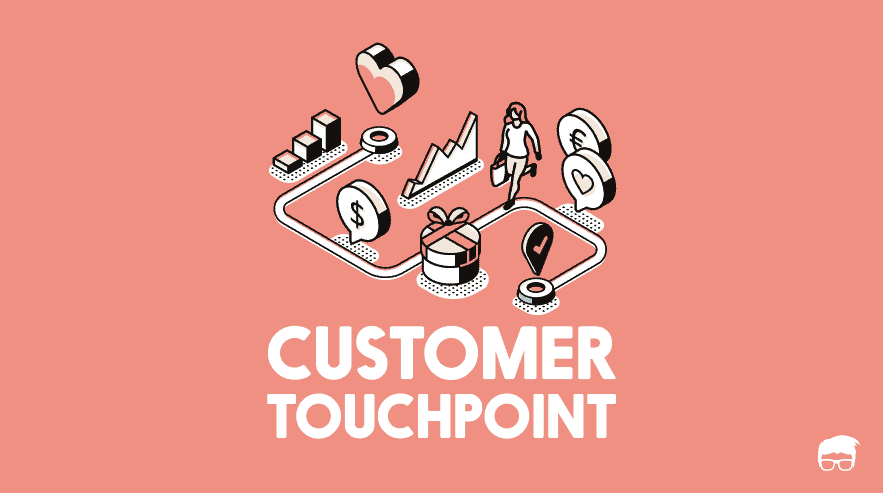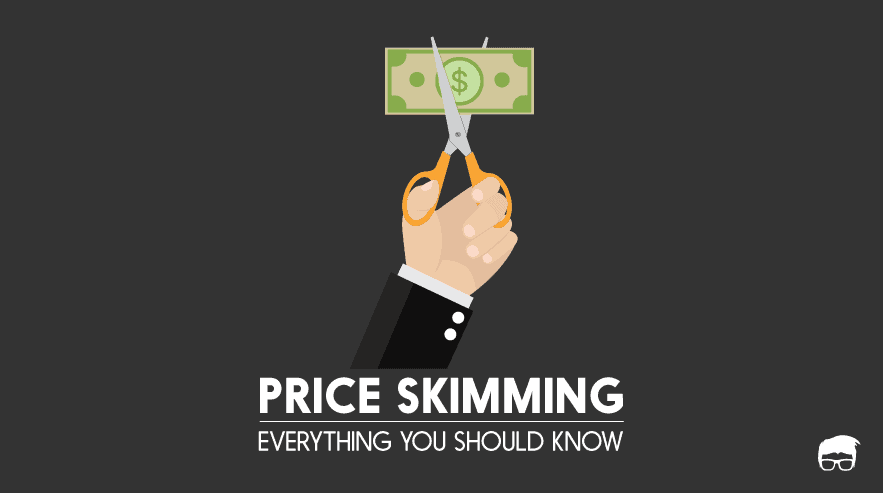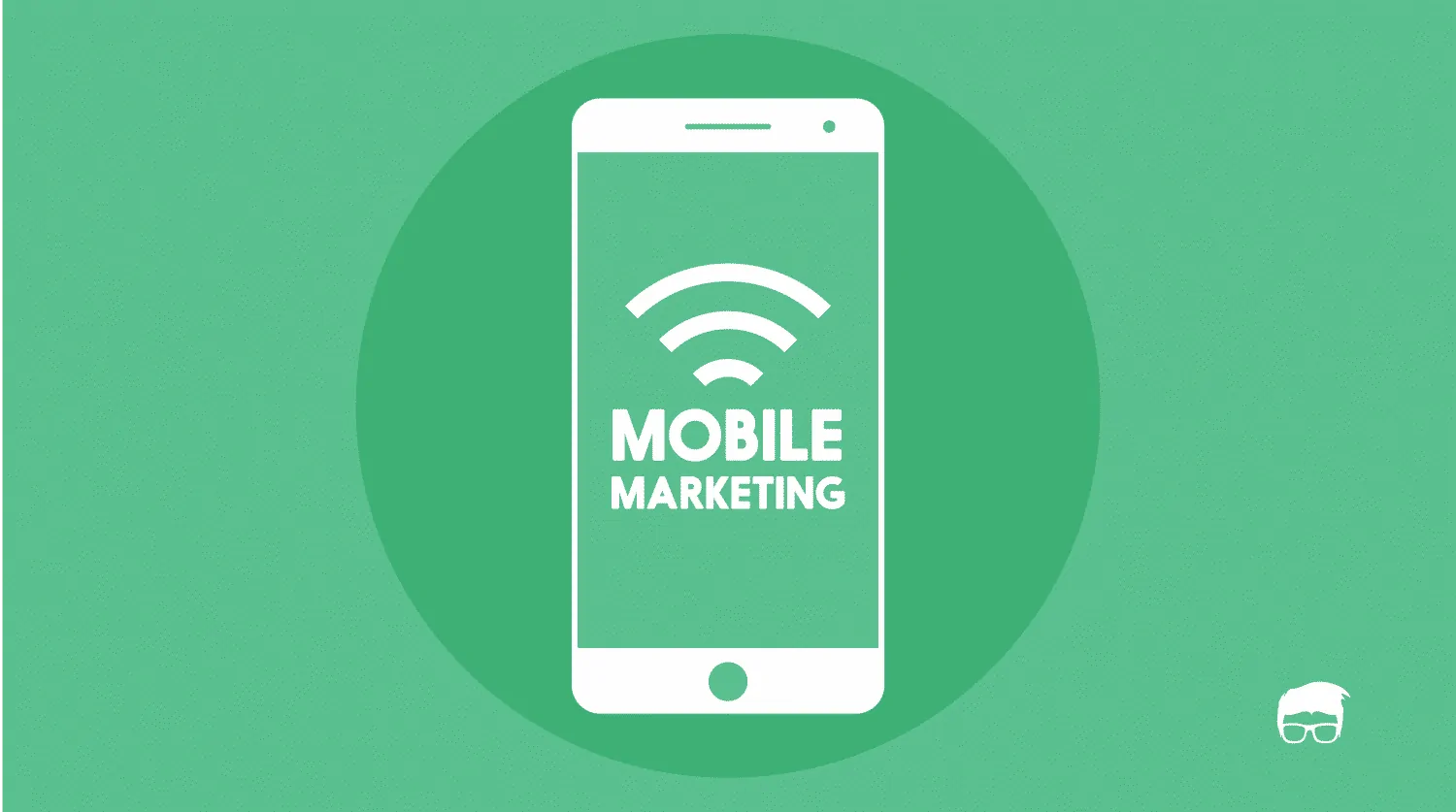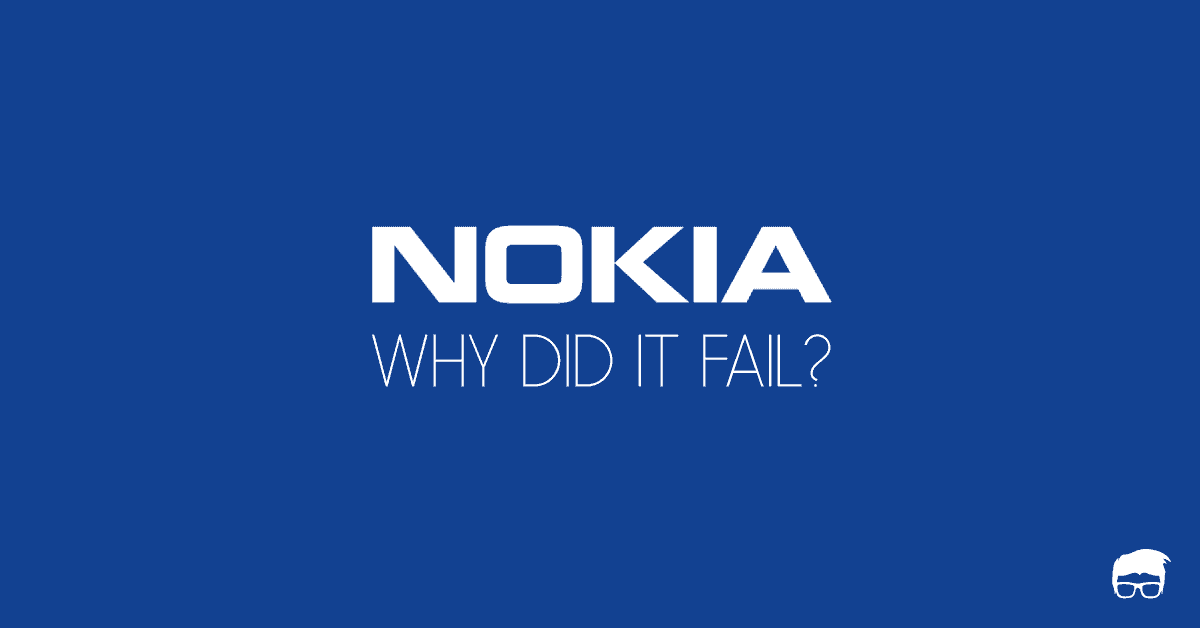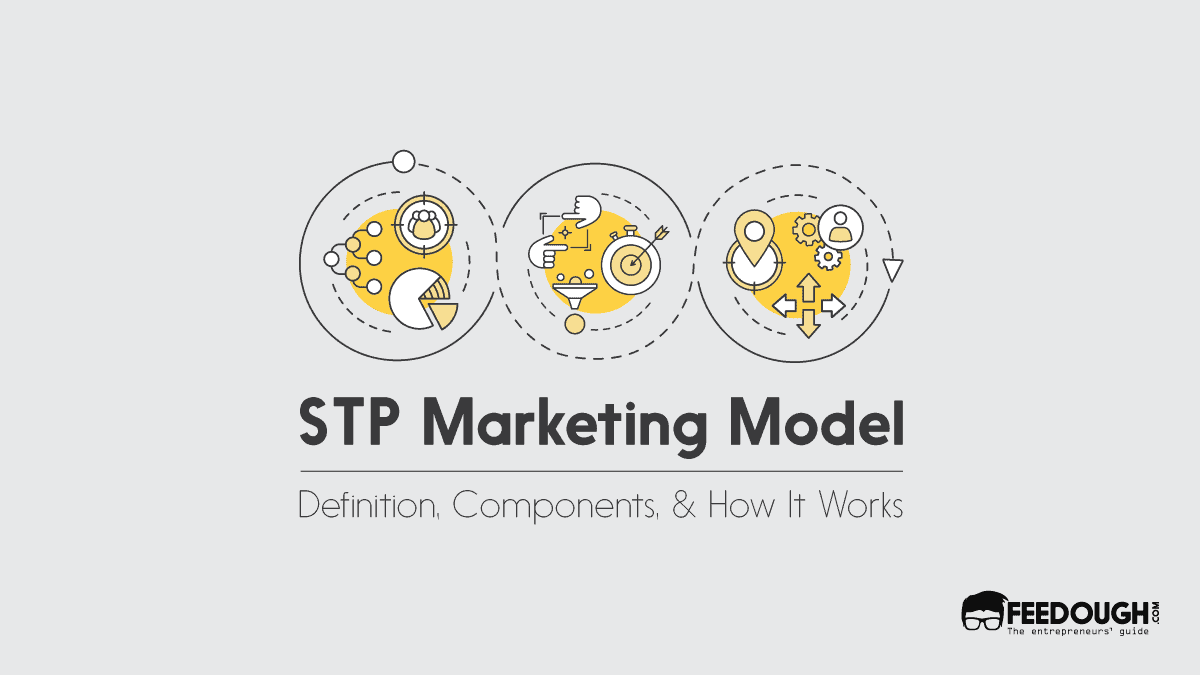Let’s go back to the last time you wanted to buy a smartphone.
You started with a simple Google search with a question of best phones according to particular features or phones under a specific price range. You might have certain criteria in mind while skimming through the phones recommendations on various websites –
Good after-sale service?
Durability?
Camera?
Performance?
Availability?
… and brand image?
You probably went with the brand with better social validation (better customer reviews) and which fit your requirements.
After this hefty research process, you might have selected, bought, and used the phone and the brand services that came along with it. You might have also compared the same with all the reviews you read before buying.
The offering and all the services gave rise to a customer perception that will influence your future purchase decisions regarding this brand. Moreover, this perception resulted in an experience that may also influence your recommendations about this brand to other people you know.
This holistic experience of the brand throughout your buyer’s process is customer experience. It’s often regarded as the “new competitive battleground” that determines a business’s success.
But what exactly does customer experience mean, and how can you develop a good customer experience?
Let’s find out.
What Is Customer Experience?
Customer experience, also known as CX, refers to a customer’s perception of a brand based on all the interactions throughout their customer life cycle.
It refers to your brand’s physical image and the feelings created by it, both consciously and unconsciously, at every step of the customer’s interaction with the brand.
The two fundamental pillars of CX definition are interaction and perception.
Interaction refers to the communication and involvement of the customer at various touchpoints like visiting your brand’s website, talking to your sales or customer executive, redeeming after-sales services, etc.
Based on these interactions, the customer develops a perception that refers to their awareness, thoughts, and opinions about your brand.
This perception could be good or bad, depending upon your company’s goals and the customer, the customer lifecycle, and your priority.
What Is A Good Customer Experience and Bad Customer Experience?
According to a survey by Bain & Company, around 80% of the companies believed they delivered a “superior customer experience.” But according to their customers, only 8% really did.
Clearly, most businesses don’t understand what a good customer experience is.
It’s not about just offering promised products or services, marketing them, treating the customers well, or investing time and money in cutting-edge technology to impress the customers. It is more than that. It’s about making the customer journey as smooth, and engaging as possible, from the moment they make a purchase choice through product delivery, till the time they are connected with your brand. This means prioritising customer needs and retaining the customer over your product.
So, if your company prioritises customer queries, uses customer feedback to gain a better understanding of the customers, and finds solutions to customer-specific issues, then it creates a perception that your brand cares about its customers. This is what constitutes a good customer experience.
But, if you create a bad impression among the customers, then it’s a bad customer experience.
Why is A Good Customer Experience Important?
According to a Frost & Sullivan report, customer experience is set to overtake price and product as a key brand differentiator by 2020. But, why is it so? Why is it essential to invest in CX and provide your customers a memorable shopping experience?
It is because your customers have a plethora of choices. With one Google search, they can easily switch to other brands. So, even though you and your competitor might be offering product parity in terms of quality and price, the main distinction for customers is whether your brand offers a consistently good customer experience or not.
As a result, businesses are investing in CX to reap the following benefits of a good customer experience:
Ensures Customer Loyalty
A pleasant customer experience ensures customer loyalty, and a loyal customer resists switching to another brand.
The happier your customers are with your brand, the longer they’ll stay with you.
For example, Apple has some of the world’s most devoted customers because they produce excellent products and provide outstanding customer experience.
Drives Customer Advocacy
Satisfied customers are more likely to become brand advocates and refer your brand to the world.
In today’s modern world, favorable word of mouth can propel any business to success. Thus, customer advocacy is a desirable outcome of a good CX. A customer who tells their friends, family, or coworkers how pleased they are with your brand’s services is your best advocate.
Boosts Company’s Revenue
A loyal customer would make repeated purchases from a brand. This repeated purchases would add to your revenue with incremental sales. Moreover, upselling and cross-selling is easier when the company deals with satisfied, loyal customers. After all, according to Forrester, customers can pay 4.5 times more if the customer experience is good.
A good customer experience also leads to customers becoming the advocate of the brand that even helps in reducing the marketing costs as the company can make effective use of referral marketing and word-of-mouth marketing strategies.
Reduces Churn Rate
Churn rate refers to the percentage of customers who discontinue business with your company or cancel their subscription during a given time period.
In usual scenarios, customer churn and terrible customer experiences become more costly than establishing a system for outstanding experiences from the beginning.
This is why your company should make efforts to provide an exceptional customer experience to ensure that your satisfied customer won’t abandon the brand due to considerations like the price of a product.
Differentiates A Brand From Its Competition
In an ultra-competitive business environment, attracting and maintaining customers is no easy task. If your company overlooks the necessity of offering a seamless customer experience, you would be losing out to competitors who understand that the customers require great experiences.
So, your company should focus on customer pain points and actively provide the customers with the simplest and most effective solutions possible. You must make efforts to retain the devoted customers as they are the backbone of your company, and that if that backbone is weakened, your company would fall apart.
But, how do you evaluate your customer experience to see what you’re doing is right or wrong and where you need improvement?
How To Measure Customer Experience?
Customer experience is a subjective and difficult-to-measure concept. As a result, you’ll need to rely on various CX measures to track how CX improves (or worsens) over time and use it to evaluate the success (or failure) of changes you make.
The top five metrics used by CX professionals are:
Net Promoter Score (NPS)
The net promoter score measures the likelihood of your customers to recommend your brand to their friends, family, and coworkers based on their interactions with your brand.
Thus, it is a customer loyalty score calculated by asking the customers a simple question:
“On a scale of 0 to 10, how likely are you to suggest this product to a friend or colleague?”
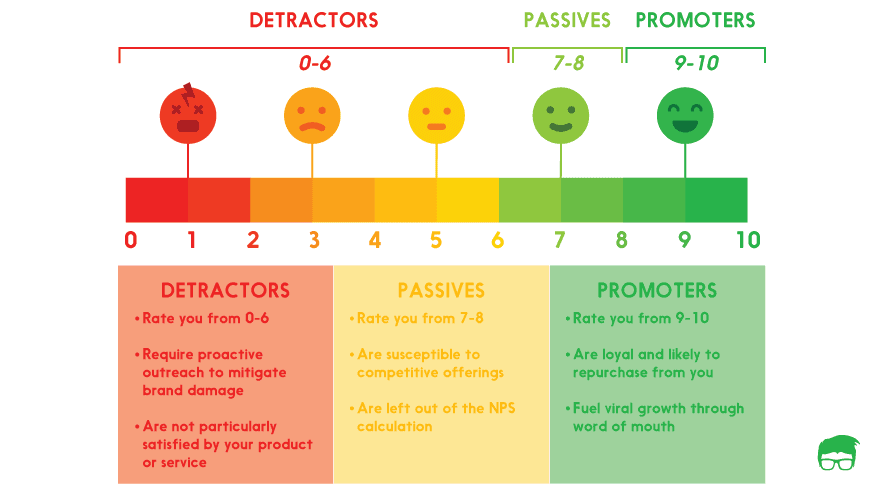
Customer Satisfaction Score (CSAT)
CSAT surveys measure the customers’ satisfaction with your product or service. It can be represented on a 5-or-7-point scale rating (where 1 indicates very unsatisfied and 7 indicates very satisfied), or through yes/no responses.

Customer Effort Score (CES)
This metric assesses how much effort a customer had to put in to use your product or service, find the information they needed, or get an issue resolved.
Here, the customers respond to a statement such as “[Name of the company] made it easy for me to handle [name of issue]” on a scale of 1-5, where 1: strongly disagree and 5: strongly agree.
The lesser the effort required, the better the CES—and the higher the customer satisfaction.

Churn Rate
This metric measures the percentage of customers your company lost within a certain time period.
Suppose you had 1000 customers at the beginning of the year, but only 800 of them are still using your services. Then, your churn rate is 200 customers or 20%.
Churn rate is a crucial metric for every company since retaining existing customers is less expensive than acquiring new customers.
Retention Rate
Customer retention rate measures how a company retains its customers over time. It is inversely proportional to the churn rate, that is, the higher the retention, the lower the churn rate.
For instance, if your churn rate is 10% over a year, it suggests that 90% of your customers stayed with you. As a result, your retention rate is 90%.
How to Make A Good CX?
Snapchat lost 3 million users in less than three months because it didn’t care for customer experience in its application updates.
Loyalty is earned rather than given, and it’s easy to lose if your company doesn’t have the appropriate strategy.
Thus, a good customer experience strategy is essential. Here’s how you develop one.
Understand Who Are Your Customers
It is very important to develop and maintain complete profiles of your customers.
The more information your company has about its present and potential customers, the better it will make appropriate offerings to them.
Start by defining your target audience and compiling a list of their demands, preferences, desires, lifestyle, purchase history, and demographic information. One approach to do this is by segmenting your customers and creating personas. Also, this process of obtaining, mining, and analysing your customer data should be performed with precision and accuracy.
Create A Clear Vision For The Customer Experience
An important step is to develop a clear customer-centric vision along with your team. Examine your customers’ buying journey and try to connect all the touchpoints your company can use to interact with the customer.
Once done, try developing a strategy using all those touchpoints to satiate your customers’ needs at every stage of their buying funnel.
Establish An Emotional Connection With Your Customers
According to a study titled “The New Science of Customer Emotions” by Harvard Business Review, emotionally involved customers are at least three times more likely to refer to a brand’s product or service to others.
Hence, establishing an emotional connection helps to provide the customers what they value. Your customers become loyal when they are emotionally attached to your products or services and can recall how they felt after using them.
Create Goals And Objectives After Researching The Competition
Competitor analysis is an important ingredient of developing a good customer experience. Research how your competitors tap customers during their life cycle, find gaps that you can capitalise on, and build goals to cater to your customers better.
Analysing customers and market trends can help you close the gap between where the customer is now and where they want to be.
To implement a successful customer experience strategy, your company needs to understand what the customer values, like making their shopping experience convenient and consistent, and providing knowledgeable help and friendly service.
Ask For Feedback
You would better know about the effectiveness of your efforts when you question your customers directly.
You must survey the customers to see how they rank their interactions with your company and use the feedback to make improvements.
When you listen to your customers’ woes and act on it, you automatically increase your credibility and take a step forward in building a loyal customer-base.
Hire And Train Employees With Customer-Oriented Profile
It’s crucial to emphasise on the importance of attracting, training, and retaining employees who have a customer-focused attitude. Customer-oriented employees are better equipped to take care of customers, correctly identify their preferences, create personal relationships with them, and provide good service on time.
Thus, the higher your employee’s customer orientation level is, the more fulfilled and devoted they are to their job. As a result, your customers will value their interactions with such an individual more than usual, resulting in higher levels of good customer experience.
Thus, you should try to create breakthroughs and attempt to provide a consistent set of cues, messages, and human interactions that, when combined, forms a “great customer experience.”
And when we say customer experience, we are not talking about user experience or customer service.
Is Customer Experience Same As User Experience Or Customer Service?
The terms “customer service” and “user experience” are frequently confused and used interchangeably with customer experience. However, both user experience and customer service make up a part of the customer experience.
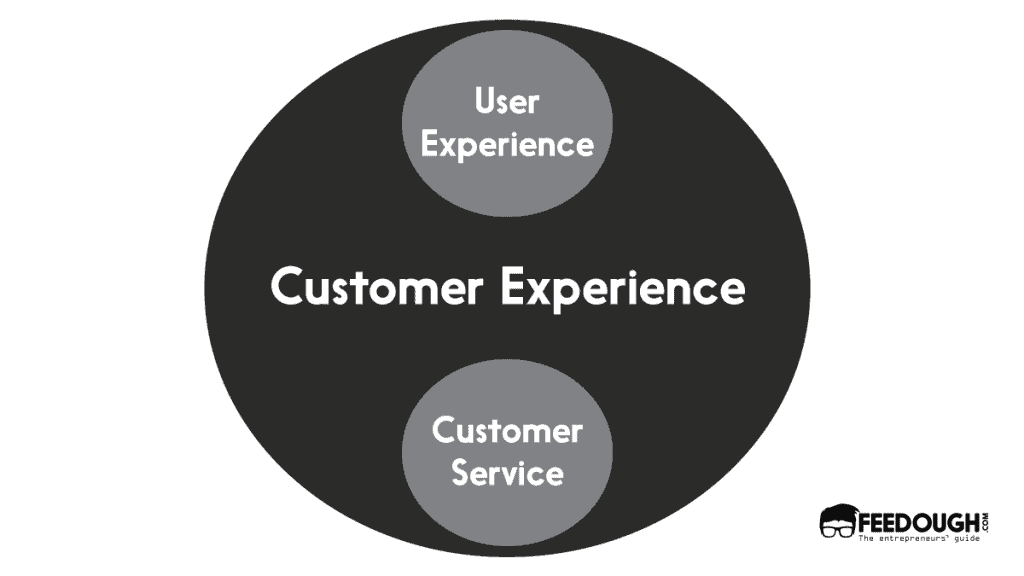
Customer service refers to your company’s support to its customers who face problems while purchasing or using your offerings. It is reactive; that is, it comes into play when an unhappy customer contacts your organisation and focuses on a particular interaction at a time.
For instance, good customer service is when you call a travel agency to plan a trip and the person you speak with is friendly and helpful. However, if your tickets arrive early and your hotel room is upgraded, that’s a good customer experience.
As far as user experience (UX) is concerned, it comprises all the aspects of your customer’s interaction with your offering. It is limited to the experience they receive from the offering. In comparison, customer experience is your brand’s overall perception in the eyes of the customer throughout their interactions along the buyer’s journey. It is a holistic approach and proactive as every company takes measures to improve the customer journey before the customer becomes dissatisfied.
To sum up, customer service is one piece of the customer experience puzzle, and that CX includes aspects outside of a product that UX does not.
Go On, Tell Us What You Think!
Did we miss something? Come on! Tell us what you think of this article on customer experience in the comments section.
An avid reader and economics enthusiast who is always eager to learn. Prachi is an aspiring leader who believes in what she does. Besides reading , she is fond of baking , dancing and travelling.
